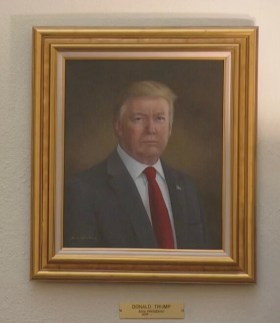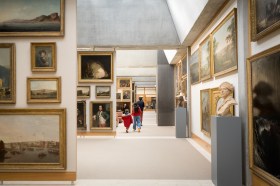Despite current global unrest, wars, anticipated health pandemics and some significant natural disasters, tourism is still growing at an accelerated pace, and has been booming for the past couple of decades. In fact the World Tourism Organisation (WTO) forecasts that 1.6 billion people will travel as tourists by the year 2020 – a figure that adds up to nearly twice as many visitors than the 700 million registered in 2004.
According to noted travel writer, Arthur Frommer, “Travel is scarcely worth the effort unless it is associated with people, learning and ideas.” This lifestyle enriching aid is welcomed because it challenges us. It’s a bit like taking part in an Oprah Winfrey show – it seems never ending, but in the end is all about the greater good. Yes our preconceptions and views will get the overhaul; our very identity will be questioned; we will end up more broad-minded and understanding – and so become cultured. Hence, the increasing popularity of what theorists have come to label “cultural tourism”.
So what exactly is Cultural Tourism? In travel industry terms ‘Cultural Tourism’ describes travel and visitation activities directed at an area’s arts, heritage, recreational and natural resources. It is defined as travel aiming to provide an entree into traditional and contemporary culture through the arts, the architecture, the cuisine, the sights and the people. This genre of special interest tourism is based on the search for and participation in new and deep cultural experiences, whether aesthetic, intellectual, emotional, or psychological.
And of course the benefits to these lucky communities are hailed as many. Ranging from a broadening of participation in the arts, increased opportunities for artists, the preservation and promoting of cultural resources, this investment in a community’s ongoing quality of life is considered key. The contributions of travelers to cultural and heritage resources help supplement the financial capabilities of local economies and populations.
World-renowned museum and cultural professional Gail Dexter Lord holds that the growth of cultural tourism “is intrinsically linked to a parallel growth in museums and cultural attractions of all kinds. As people travel more, they don’t travel aimlessly – they travel to get to know a particular place in a meaningful way. The power of cultural tourism is in its ability to satisfy this desire.”
However despite the sophisticated terminology, the notion of cultural tourism is not new. Since ancient times it has been a motivation for travel, although only amongst that exclusive minority- the aristocracy and wealthy. Indeed the Grand Tour was once considered an essential part of a ‘gentleman’s’ education.
Today however it is a worldwide trend unhindered by class, and every day people have the possibility to travel to experience other cultures. What’s more many studies into the phenomenon generally agree that cultural tourists spend substantially more than standard tourists do. A cultural tourist offers enormous fiscal benefits for any given community, and in turn that tourist gets a memorable travel experience.
For example, according to the Travel Industry Association’s most recent 2003 study, cultural travelers spend 38% more per trip and stay 38% longer away from home as do other travelers. So too, thirty percent of cultural travelers say they were influenced to visit given destinations by specific historic or cultural events or activities.
However, according to such august bodies as UNESCO, it is a well-known fact that tourism can be a deadly foe as much as a firm friend in the matter of cultural development.
Whilst the financial gains brought to a community through the successful implementation of cultural tourism strategies can be significant, so too, can the negative realities caused by the over frequentation and exploration of these communities and fragile ecosystems through the unchecked abuse of environments by increased surges in tourism. In these instances the push to take monetary advantage of a cultural phenomenon vies dramatically with the desire to protect and support our rich cultural heritage and actually keep it away from these cultural tourists – whose intent can in turn lead to the very destruction of these sites.
For this reason, organizations such as ICOMOS (International Specialised Committee On Cultural Tourism), an international non-governmental organization of professionals, dedicated to the conservation of the world’s historic monuments and sites, have come into existence. This globally recognized institution, which works toward conserving and protecting places of cultural heritage and significance, is, alarmingly, the only global non-government organization of its kind. It is one dedicated to promoting the application of theory, methodology, and scientific techniques to the conservation of the architectural and archaeological heritage.
And so the landscape of the cultural tourist is in danger of becoming a war zone. One that is protected by a lone defender in the form of ICOMOS – a warrior that has no weapon to guard against the over reaching hold of the cultural tourist constantly on the look out for new and challenging travel experiences and willing to pay handsomely to satisfy this need. And stuck in the middle lie our cultural landmarks and the communities these landmarks belong to – bewildered and abandoned, they wonder if the fiscal benefit were ever worth the battle.



_Encounters-in-Reflection_Gallery3BPhoto-by-Anpis-Wang-e1745414770771.jpg?w=280)
